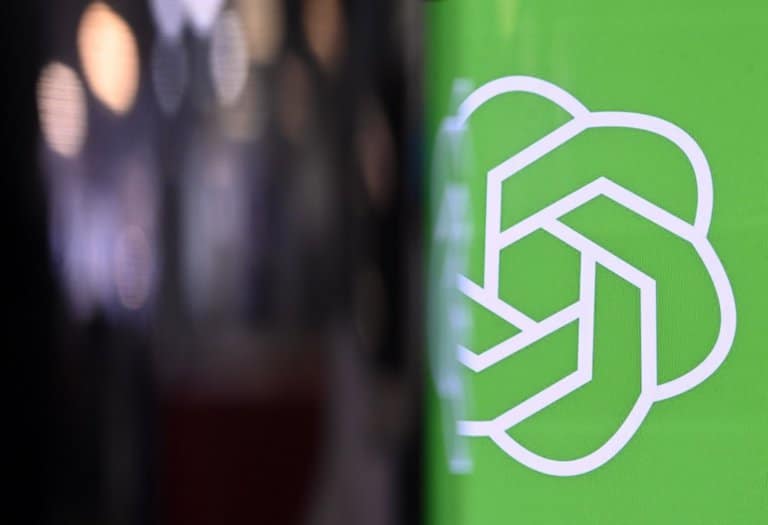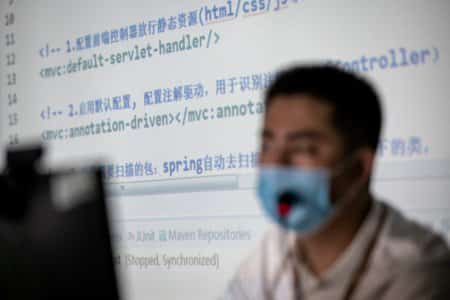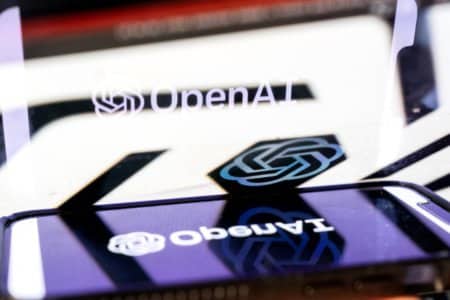
ChatGPT and plagiarism — in 2025, we’ve seen these two words in the same sentence all too often.
The generative artificial intelligence chatbot gets approximately 5.19 billion visits per month, and the website ranks ninth among the world’s most visited websites, according to Semrush.
Among these users, students, teachers, and researchers reign supreme, with many using the platform to carry out tasks such as writing articles, poems, essays, translating and summarising text, and even producing computer codes.
However, the growing presence of ChatGPT and plagiarism has led to several debates among educators, with some considering it as the future of teaching and learning, while others perceive it as a threat to developing core skills.
As a result, several educational institutions have prohibited students from using ChatGPT or other AI-powered generative platforms like Google Gemini, even imposing punishments on those who fail to comply.
ChatGPT and plagiarism: a sobering reality
At Furman University, Darren Hick — a philosophy professor — caught a student turning in an AI-generated essay, Insider reports.
Likewise, Antony Aumann, a religious studies and philosophy professor at Northern Michigan University, told the news site that he caught two students submitting essays written by ChatGPT.
The students failed their classes and were told to rewrite their essays, respectively.
That’s just the start.
South China Morning Post (SCMP) reported that students at the Chinese University of Hong Kong (CUHK) might be expelled if they use AI tools, including ChatGPT, improperly or without authorisation in their work.
SCMP also reported that students at Baptist University, another uni in Hong Kong, were told they would be committing plagiarism if they took words or ideas from other sources, including ChatGPT and other AI technologies.
What’s more, Turnitin, a provider of plagiarism checker software and other tools designed to encourage original work, has enhanced its products to be more watchful of ChatGPT misuse.
Most recently, a PhD student from the University of Minnesota was expelled for allegedly using AI but is denying the claim.
The student, Haishan Yang, states that the professors have a flawed approach to determining whether AI was used, and pointed out that methods used to detect AI are known to be unreliable and biased, particularly against people whose first language isn’t English.
He ended up suing the school. In a federal lawsuit, he alleged a student conduct review panel unjustly found him guilty of academic dishonesty through a process riddled with “procedural flaws, reliance on altered evidence, and denial of adequate notice and opportunity to respond.”

One wrong move and you could lose your status as an international student. Source: Anthony Wallace/AFP
What does this tell us?
The technology is still relatively new, and the world is still not equipped to handle this level of advancement.
There aren’t sufficient laws or procedures in place to handle the ethical and moral implications of ChatGPT and plagiarism. Someone could earn their degree relying almost entirely on ChatGPT, while someone else could be accused of using it when they’re not.
Either way, these scenarios pose massive headaches for the near-future.
But what can we learn from this? If you are an international student, it’s crucial for you to proceed with caution when using ChatGPT.
One wrong move and your scores for a particular assignment might be invalidated, and your degree revoked.
Worse, you could be suspended and expelled and lose your study visa if you’re not careful. According to Monash University’s website, the uni reports any case of suspension and expulsion to the Department of Education, which may result in the cancellation of a student’s study visa.

Businesses all around the world are using ChatGPT to run their social media platforms — but it’s getting obvious. Source: AFP
So should we still use ChatGPT at all?
Okay, yeah, we did say that it could be dangerous to misuse ChatGPT. But that doesn’t mean you can’t use it at all — you just have to use it the right way.
Therein, however, lies the problem. The line between the right way and the wrong way of using ChatGPT is often blurred.
Any student must understand both sides deeply before proceeding to use the chatbot.
Likewise, educators and teachers can also benefit from examining the platform’s impact on learning and teaching. Rather than focusing on regulations, they could stimulate learning through application or interactive learning.
So, for our young audience, here are some ways to help understand the line between ChatGPT and plagiarism:

Baffled about how to properly utilise this powerful chatbot? Here are a few ways you can use ChatGPT when writing your assignment. Source: AFP
5 ways to use ChatGPT when writing your assignments
1. Source for ideas
Picture this: you boot up your laptop, open a new Microsoft Word document, and rest your hands above the keyboard.
Right as about to begin writing, you wonder: where do I start?
Luckily, ChatGPT learns quickly.
By “feeding” on hundreds of billions of words in the form of books, conversations and web articles based on a model known as a large language model, the chatbot produces entire sentences that come from its “learnings” of the model.
If you feel lost about what you learned in a class like calculus or mechanical engineering, try bouncing ideas with ChatGPT.
Some questions you can ask include:
- “Is [topic] a good dissertation idea?”
- “How can I study more productively?”
- “What are some time management hacks?”
Here’s the catch: Responses are limited, and there’s a cutoff point. You’ll get information until September 2021 for the free version (GPT-3.5) and October 2023 for the GPT-4o mode
Plus, ChatGPT doesn’t always have the most accurate answers, so you shouldn’t rely solely on it to validate your ideas!
2. Outline your assignments
Did you know that ChatGPT can also help you draft a clear, well-structured outline for your assignment?
This is really helpful if you can’t make up your mind about a given structure, so having a sample will provide you with different variations on how your final product will look.
You can by inputting the following prompt:
“Create an outline for an academic research paper with the following research question.”
You can specify the page length and the number of headings and subheadings you want to include.
Remember that this prompt would not help the chatbot deepen its understanding of the topic. At times, ChatGPT might generate inappropriate headings.
If so, try the following prompt:
“This seems like too much information to fit into only eight pages. Can you condense the outline, for example, removing the appendices and simplifying the structure?”
Remember to check that the outline makes sense and covers all the points needed to answer the question in your assignment.

With the increasing popularity of AI chatbots such as ChatGPT, AI plagiarism checkers have been developed to combat the misuse of these chatbots. Source: AFP
3. Use AI plagiarism tools
Say you did use ChatGPT for your assignment.
How do you ensure that piece of work is plagiarism free?
One way to separate ChatGPT and plagiarism is by using an AI plagiarism checker.
Apart from Turnitin, you can consider using other free AI plagiarism checkers such as GPTZero, ZeroGPT, and Winston AI.
While a plagiarism checker might not definitively determine whether a language model was used to generate a piece of text, it can help you identify instances of copying or paraphrasing from other sources.
In this, it can still be hard to detect plagiarism by an AI chatbot.
That’s because AI writing tools use natural language and grammar to craft “unique and almost individualised content,” even if the content is drawn from a database, according to Aaron Leong from Digital Trends.
4. Break down your research
Researching for an assignment is time-consuming and takes up a lot of energy.
Remember the last time you had to comb through a dozen books just to get the right source for a killer point?
Since ChatGPT is an AI chatbot, it can effortlessly go through large amounts of materials in a short period of time.
If you’re looking for a swift solution, here’s how the chatbot can help you summarise long articles and break down the main points.
Type in the prompt: “Please summarise the following article into a list of talking points.”
While having a breakdown is great, make sure to double check your source for the right information, which should be easier once you’ve obtained a summary of the main points.
5. Get the green light from your lecturers
Play safe. Never assume that your lecturers and professors are okay with how you presume you’ve used ChatGPT correctly or that your work is 100% original.
What may seem okay or ethical to you may not be seen the same way by your university.
Regardless if you’re asking it for essay prompts, a block of code, or even an opening guide to your thesis, it’s highly advisable to speak to your lecturers and be honest about all the ways you’ve used the chatbot — and get their consent that you won’t be penalised.
It’s better that they point out any mistakes before you’ve gone ahead to write an entire essay or when it’s too late for you to make any changes.
Disclaimer: This article was last updated on March 24, 2025.










